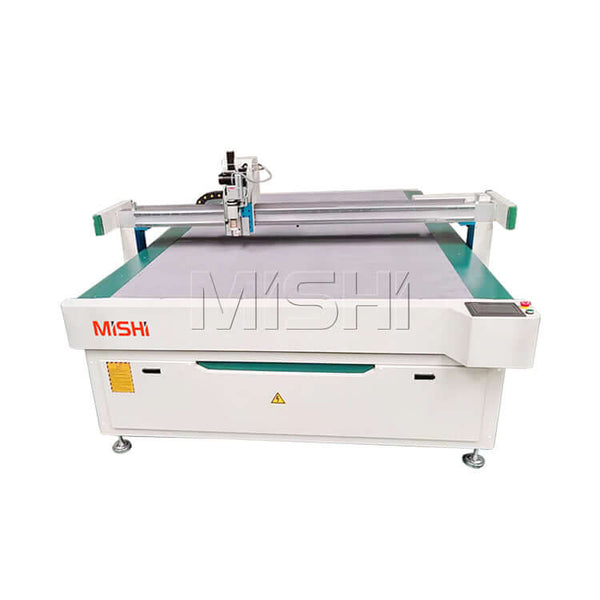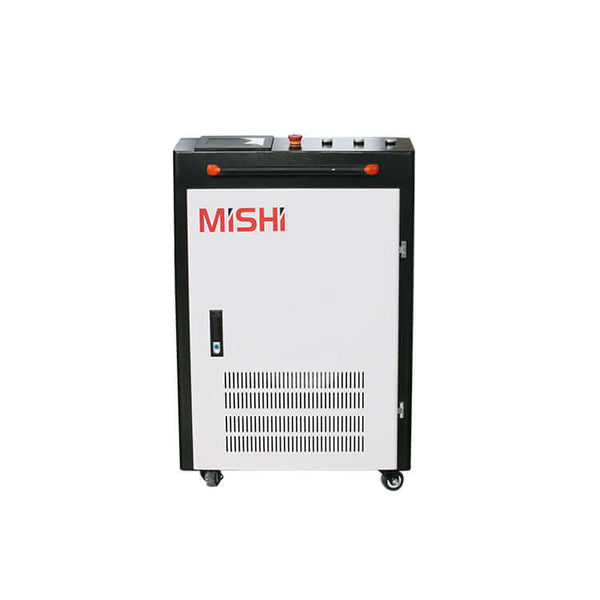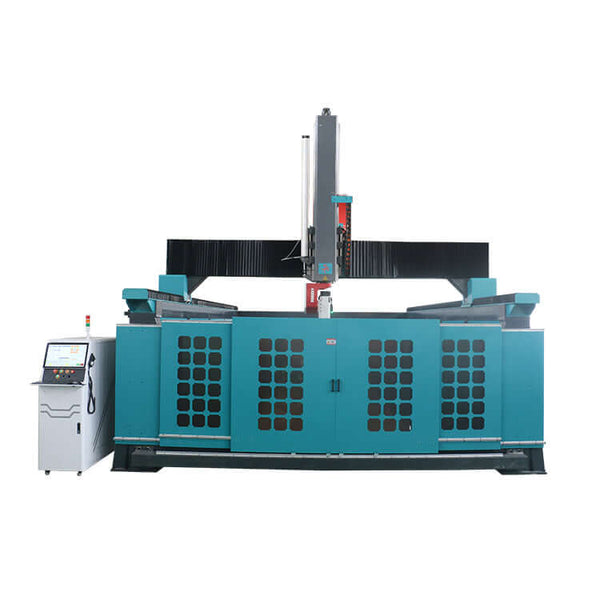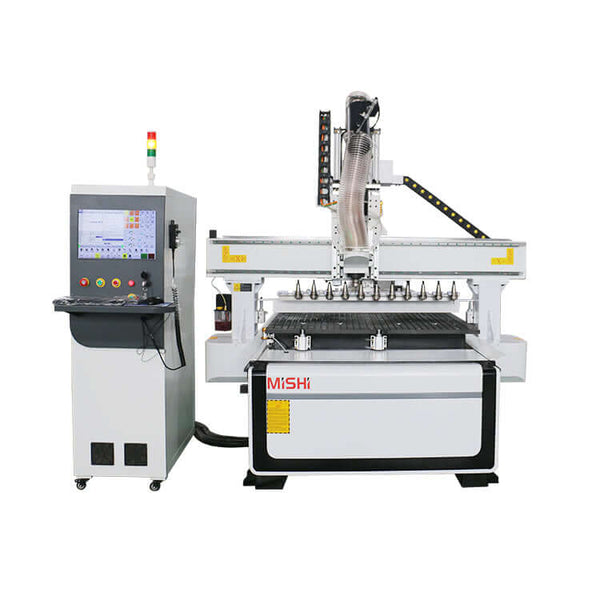1. The Environmental Footprint of Traditional CNC Machining
Traditional CNC processes, while precise, are energy-intensive and generate significant waste:
-
Energy Consumption: Machines use 2.5–4 kWh per hour—especially during spindle movement, coolant cycles, and idle operations.
-
Waste Generation:
-
Metal shavings
-
Coolant and cutting fluid disposal
-
Excess packaging
-
Tool replacements and rejected parts
-
-
Resource Depletion:
-
Subtractive methods waste raw materials
-
Coolant systems consume large volumes of water
-
-
Carbon Emissions:
-
VOCs from cutting fluids
-
Dust particles
-
Greenhouse gases from power usage
-
💡 Problem Summary: These impacts create a heavy burden on the environment, especially in high-volume manufacturing settings.
2. How CNC Technology Is Becoming More Sustainable
Modern innovations are turning CNC machining into a low-waste, energy-efficient process:
⚙️ Energy-Saving Innovations
-
Smart standby systems
-
Variable-speed drives
-
LED motion-triggered lighting
-
Regenerative braking
🧠 Intelligent Control Systems
-
Real-time data monitoring
-
Predictive maintenance
-
Cloud-based process optimization
-
Digital twin simulations to reduce errors and waste
📏 Advanced Sensors & Automation
-
Tool wear detection
-
Temperature and pressure control
-
Adaptive feed rate automation
3. Eco-Friendly Materials and Machining Practices
Modern CNC systems support:
-
Biodegradable lubricants
-
Dry machining and MQL (Minimum Quantity Lubrication)
-
Recycled raw materials
-
Sustainable supply chains
Example: A CNC waterjet cutting machine uses high-pressure water with minimal material distortion, resulting in precise cuts and reduced waste, even on thick materials up to 6” deep.
4. Sustainability Through Tooling Innovation
Cutting tools now last longer and produce less waste, thanks to:
-
Nano-coatings for extended tool life
-
Cryogenic treatment to boost durability
-
Plant-based lubricants with low toxicity
♻️ Waste Management Upgrades
-
Closed-loop coolant filtration (up to 90% water usage reduction)
-
On-site chip recycling systems
-
Tool tracking for predictive replacement
5. Business Benefits of Sustainable CNC Machining
Going green isn’t just ethical—it’s profitable.
💰 Cost Reductions:
-
15–30% savings on energy bills
-
Lower waste disposal costs
-
Fewer tool replacements
🔧 Operational Efficiency:
-
Reduced downtime
-
Cleaner operations
-
Consistent product quality
🌍 Brand Value:
-
Competitive edge in eco-conscious markets
-
Qualification for green certifications
-
Access to government sustainability incentives
Case Study:
XYZ Corp increased profitability by 25% after implementing energy-efficient CNC upgrades.
6. Challenges in Adopting Sustainable CNC Technology
While the benefits are clear, challenges include:
💸 Financial Barriers:
-
Upfront costs: $50,000–$500,000 per machine
-
Training and integration expenses
📦 Sourcing Issues:
-
Reliable suppliers for eco-friendly materials
-
Testing and validation processes
-
Stock management for variable raw materials
✅ Implementation Tips:
-
Start small with a pilot program
-
Train staff in eco-material behavior
-
Partner with experienced sustainability vendors
-
Plan for phased integration
🟩 Conclusion: The Future of CNC Is Green
CNC machines have become central to sustainable manufacturing, offering cleaner processes, smarter energy use, and less waste.
Forward-thinking manufacturers are proving that eco-friendly machining and profitability can go hand in hand. As the world moves toward greener industries, CNC innovation will continue to lead the way in responsible production.
FAQs
Q1: How do CNC machines support sustainable manufacturing?
CNC machines support sustainability by using energy-efficient systems, reducing material waste, and integrating digital tools to optimize every part of the production cycle.
Q2: What are the environmental challenges of CNC machining?
High energy usage, waste generation, VOC emissions, and resource-intensive processes are some of the key environmental concerns with traditional CNC systems.
Q3: Can CNC machining reduce carbon emissions?
Yes. By using real-time energy monitoring, regenerative braking, and efficient tool management, CNC machining can significantly lower carbon emissions.
Q4: What industries benefit most from sustainable CNC practices?
Industries like aerospace, automotive, medical devices, and furniture manufacturing all benefit from sustainable CNC machining due to their need for precision and efficiency.








